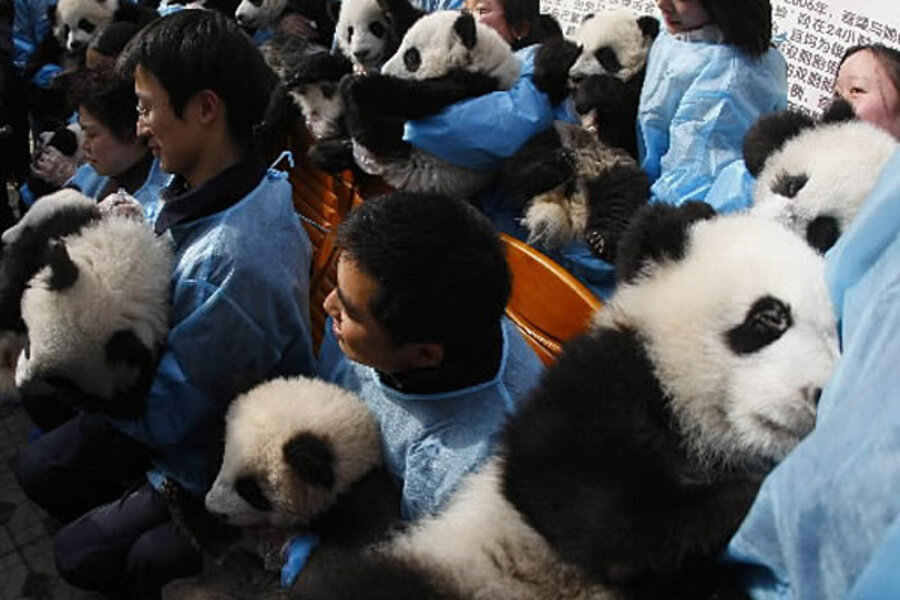Kung Fu Panda 2: How real life informs a fantasy
Loading...
DreamWorks Animation's Raymond Zibach says the first "Kung Fu Panda" film was designed from books and Internet research, but he knew he had to go to China for "Kung Fu Panda 2": "We'd fallen in love with pandas from afar and had to go see them for ourselves to get the second film right," the production designer says.
Mr. Zibach digitally "painted" the film's sets based on photographs he took in the Forbidden City – the walled North China city of Pingyao, in Chengdu (the capital of Sichuan Province) – and on Mt. Qingcheng, a center of kung fu tradition.
The character of baby Po, the panda who grows up to be the film's hero, was drawn after studying the movements of a baby panda at a Chengdu panda breeding facility.
The movements of Lord Shen, the evil peacock villain, are based on a particularly flexible and captivating kung fu master Zibach observed at Mt. Qingcheng.
Architectural and landscape details were drawn from elements such as the ceramic animal tiles found along traditional Chinese sloping roofs and from the lush green bamboo forests. Classical Chinese painting and martial arts films of the past decade – think "Hero" and "House of Flying Daggers" – also played a role in the film's "look," Zibach says.





